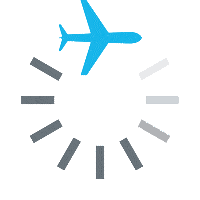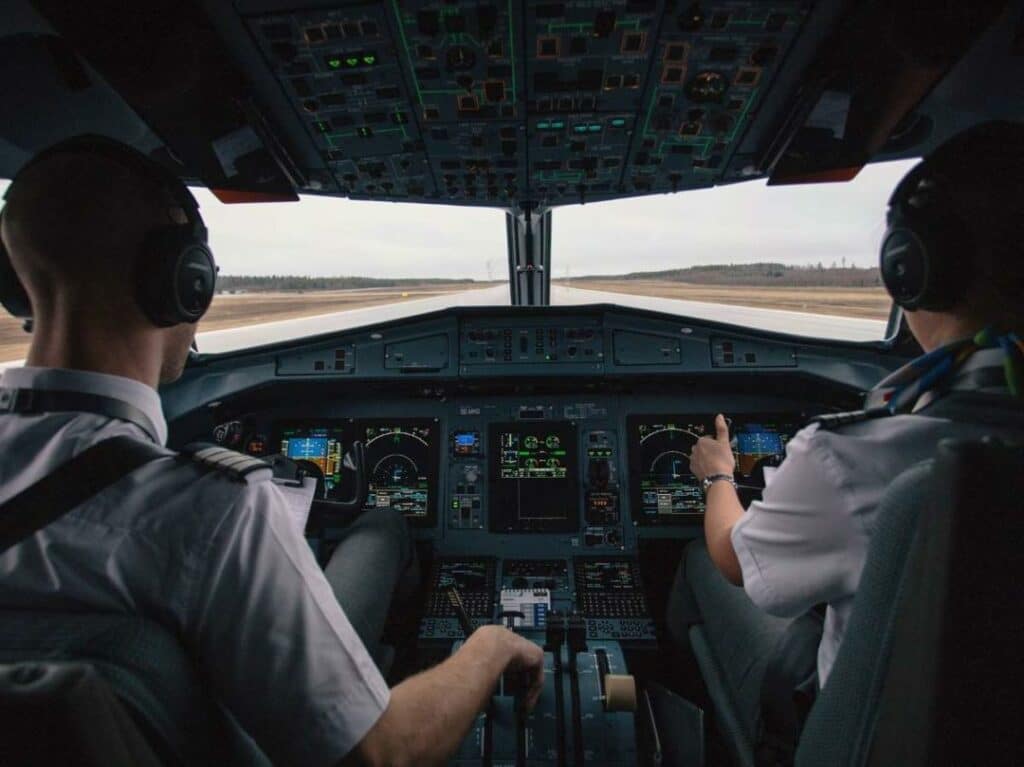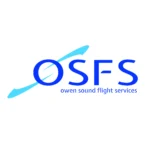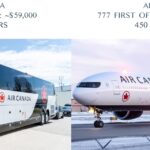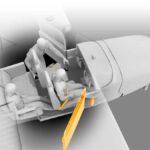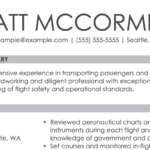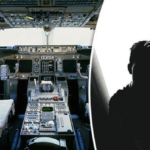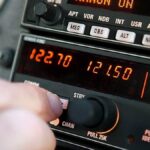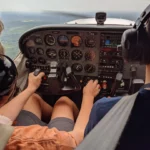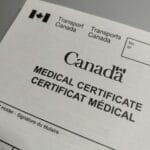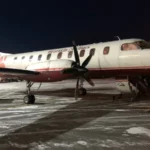This is an Editorial Comment written by Halldale Group Editor Rick Adams. The article references American regulations which are not applicable to Canada; however, the spirit and message is equally important to Canadian Pilots.
Airline Pilots and the 1500 Hour Rule
Is there objective, validated justification for the FAA’s 1500 flight hours regulation to become an airline pilot?
For that matter, was there ever justification for the 250-hour rule that preceded it?
The answer, in both cases, is not really.
Hours do not make a competent pilot. Quality training and adherence to safety standards makes great airline pilots.
The 1500-hour rule was implemented as a knee-jerk, emotional political pacifier by the US Congress to a single horrific accident by a pilot who reacted inappropriately to the stick shaker and who should have been washed out of the system for previous failed check-rides, plus a co-pilot who was overly fatigued and ill because she couldn’t afford to live near her base and who made a programming error.
The Colgan pilot in command had 3,379 total flight hours, the co-pilot 2,244. They both met the ‘magic’ 1500-hour threshold. And yet they utterly failed in situational awareness and professionalism… flying for an airline that lacked an adequate safety culture.
Why? Because hours do not make a competent pilot. Not when there is very little structure to those hours.
US regional carrier Mesa Airlines recently announced it is purchasing dozens of two-seat, electric-powered Pipistrel Alpha light sport aircraft for its Mesa Pilot Development program. The intent is to fast-track cadets to the 1500-hour minimum by flying the Alphas up to 40 hours per week at $25 per hour. Or $31,250 for the 1250-hour gap between the 250 or so flight hours to earn their CPL and the FAA’s ATPL threshold. Mesa is loaning the funds at zero interest, to be repaid when presumably the cadet enters the carrier’s employed ranks at $100 per hour.
But here’s the kicker: “Members of the pilot development program are members of a flight club and do not have a specific training curriculum which must be followed, but rather are given recommended flight activities that are relevant to serving as a commercial pilot.” (My emphasis.)
Republic Airways had petitioned the FAA to allow its 750-hour “military style” training program in lieu of the 1500 hours, but the FAA concluded “Republic fails to provide specific data to establish that an equivalent level of safety would be obtained through its program to warrant an exemption from required hours.”
The agency did appear, however, to leave an opening: “…the regulations do not prohibit LIFT or Republic from producing a mission-specific training program that could better prepare students to operate within the complex environment of commercial air carrier operations through a program similar to the additional items proposed within this petition.” In other words, demonstrate and document equivalent safety and then we can talk.
What struck me about the public comments to the Republic petition are (1) that the FAA still allows anonymous posters – people who claim to be pilots or former employees of the airline spouting social media-style opinions; and (2) that the submissions of professional associations blatantly push their vested interests without supporting data (“…built an entirely new paradigm in Flight Training…” uh, no, it’s still tick-the-box in the US) and with scaremongering hyperbole warning of “removal of all checks and balances” and “recipe for disaster.” A competency-based training and assessment program features plenty of checks and balances.
When a marketing consultant marshalled the families of Colgan victims to lobby Congress (the 1500 hours, by the way, was not an NTSB recommendation), it would have been appropriate for the aviation training industry to present scientific studies about the value of flight simulation and other training methodologies to offset a specified portion of flight hours. But the industry did not have such data.
However, The Journal of Aviation Technology and Engineering’s Pilot Source Study, conducted in 2010, 2012, 2015, and 2018 (ie, before and after the 1500-hour rule implementation in 2013) has repeatedly stated: ‘‘…experience is not measured in flight time alone.’’
So is the good safety record since 2013 in the US attributable to the Colgan reaction? Is the good safety record in, say, Singapore owing to 240-hour MPL competency-based training? Or are they both from a bit of good fortune that none of the passenger aircraft incidents in the past decade has resulted in a major fatal accident?
The answer is we don’t really know. Because, though the industry worldwide has been somewhat steadily shifting to CBTA/EBT, it has not yet satisfactorily validated the criteria for identifying and developing a competent pilot. Without documentation, opinions are just that.
- Owen Sound Flight Services
- Air Canada Pilot Salary
- How to Brief Your Passengers
- Aviation Resume Writing
- Depression and Medications for Pilots
- ROC – A: Restricted Operator Certificate with Aeronautical Qualification
- ADHD in Aviation
- Transport Canada Aviation Medical
- Navigating the IATRA Exam: A Key Step for Aspiring Commercial Pilots in Canada
